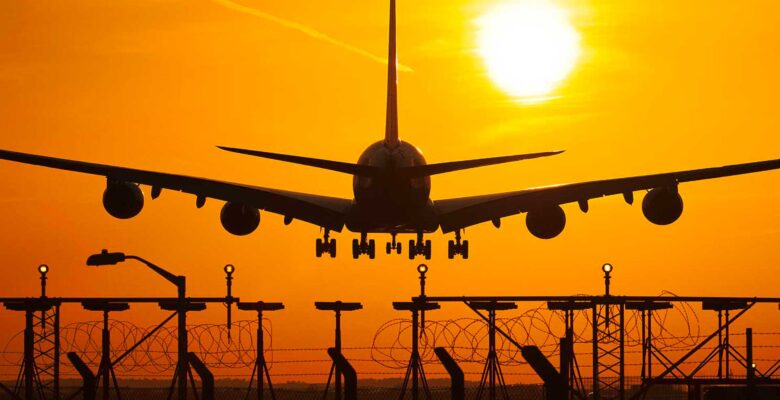
Air freight capacity continues to tighten
Capacity growth is not keeping pace with a recent surge in eCommerce volumes and with signs that we may see the return of a traditional peak season this year, there could be a rush for space to the UK, Europe and the U.S.
The unexpected surge in air freight demand began in November, driven by massive growth in eCommerce flows out of China, driven by popular sites including Temu and Shein.
2024 is turning into another booming year for air cargo, led by eCommerce from the southern part of the Chinese mainland and Hong Kong and disruptions in container shipping, due to the Red Sea crisis.
Air cargo demand remains high from Bangkok to Europe, boosted by road-air volumes trucked down from Vietnam and other regions impacted by Middle East conflicts.
Ex-India, Bangladesh, and Sri Lanka spot rates experienced significant increases, rising by 81%, 40%, and 55% respectively last month, driven largely by strong demand for apparel products.
Other sectors, notably garments, retail, electronics and special cargoes like pharmaceuticals, have contributed to the upturn in traffic, though project cargo, dangerous goods and courier have also contributed.
It is clear that brands are launching new products and inventory levels have returned to the point where firms were replenishing products again.
China to Europe spot rates increased 5% over the previous year, while growing eCommerce demand and delayed recovery of belly capacity contributed to a 15% average jump in spot freight rates year on year for the China to US market.
Asia-Europe air and sea-air hubs recorded strong demand, due to selected modal shifts from sea to air and sea/air caused by the Red Sea crisis, with global air cargo capacity increasing 9% YoY, in a rebound from its pre-CNY decline.
Demand for sea/air services has seen Dubai-Europe tonnages triple compared to last year, leading to a huge 40% increase in average rates.
Another trend that is affecting trans-Pacific airfreight is the rise of Mexico; driven by manufacturers creating industry clusters near the US-Mexico border, U.S. importers near-shoring and Chinese exporters who want to maintain access to the North American market.
Cathay entered the Mexican market 10 years ago with two weekly flights and is now up to daily frequency, with two flights on Wednesdays.
Whereas capacity on the North Atlantic route went through the roof last year, growth has been a lot slower in the trans-Pacific arena, where capacity has remained at a fraction of pre-pandemic levels.
Hopes are that belly capacity will grow at a faster rate than demand, because without this growth, the next peak season would be very challenging.
The disruptions to global supply chains in the Red Sea and the Panama Canal sparked a surge in airfreight demand and sea-air options, though the impact has been minor as far as the trans-Pacific arena is concerned.
For valuable, special and time-sensitive shipments we have a range of air freight and sea/air solutions, with extremely competitive rates and service combinations, to meet every deadline and budget requirement.
EMAIL Colin Redman now for insights, prices and guidance.
